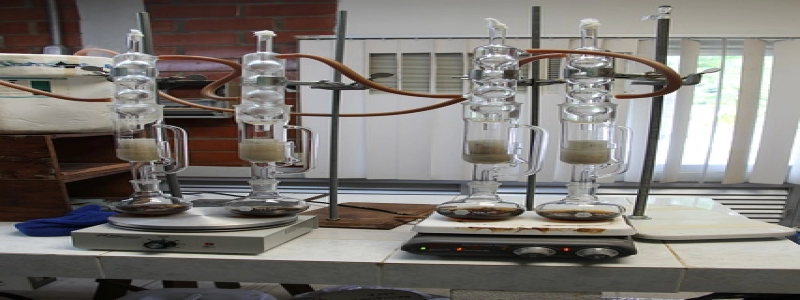\”What is the Shortest Wavelength?\”
Introduction:
The concept of wavelength plays a crucial role in understanding the properties and characteristics of waves. In physics, wavelength is defined as the distance between two corresponding points on a wave. When it comes to electromagnetic waves, such as light, we often wonder what the shortest wavelength is. In this article, we will delve deeper into the fascinating world of wavelengths and explore what exactly constitutes the shortest wavelength.
I. Understanding Wavelength:
Before exploring the shortest wavelength, it is essential to comprehend the basics of wavelength. As mentioned earlier, wavelength represents the distance between two corresponding points on a wave. In simple terms, it can be thought of as the length of one complete wave cycle. Wavelength is usually denoted by the Greek letter lambda (λ) and is measured in meters.
II. Electromagnetic Spectrum:
To understand the shortest wavelength, we need to explore the electromagnetic spectrum. The electromagnetic spectrum encompasses all possible wavelengths of electromagnetic radiation, which includes visible light, radio waves, microwaves, infrared radiation, ultraviolet radiation, X-rays, and gamma rays. Each of these types of radiation corresponds to a different range of wavelengths, with visible light falling within a specific range.
III. Visible Light and Its Wavelength Range:
Visible light is the part of the electromagnetic spectrum that our eyes can detect. It consists of different colors, each corresponding to a specific wavelength range. The colors of visible light, in order of increasing wavelength, are violet, blue, green, yellow, orange, and red.
IV. The Shortest Wavelength:
The shortest wavelength within the visible light spectrum is associated with the color violet. Violet light has the highest frequency and the shortest wavelength among visible colors. It ranges from approximately 400 to 450 nanometers in wavelength. The higher the frequency, the shorter the wavelength, and vice versa. It is worth noting that beyond the visible light spectrum, there are even shorter wavelengths, such as ultraviolet radiation.
V. Applications of Short Wavelengths:
Short wavelengths, including ultraviolet radiation, find various applications in different fields. These applications include sterilization processes, fluorescent microscopy, medical treatments, and even astronomy. Ultraviolet light has germicidal properties and is commonly used for disinfection purposes. In the field of astronomy, shorter wavelengths allow for the study of celestial objects and help scientists gather valuable data about the universe.
Conclusion:
In conclusion, the concept of wavelength is crucial in understanding the characteristics of waves and electromagnetic radiation. The shortest wavelength within the visible light spectrum corresponds to the color violet. However, there are even shorter wavelengths beyond the visible spectrum. Exploring the world of wavelengths opens up a whole new realm of scientific exploration and applications.








